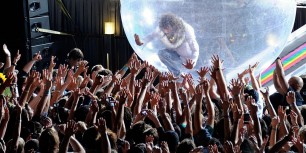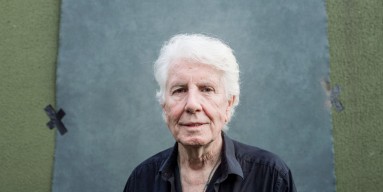
From upcoming bands impatient for exposure, to veteran stars like Paul McCartney working on solo albums, many artists have found that their home recording studios have become a haven over the past year. Rather than curb creativity, the closure of major studios and restrictions on live performances appears to have fueled artists' imaginations, and anyone with their own personal recording studio at home has been able to carry on generating high quality material throughout. Having heard the variety of fresh sounds emerging from domestic settings recently, you might be feeling inspired to set up your own creative space at home. If you have an underused basement or empty loft space, making a recording studio to suit your needs could be easier than you think.
Blocking Out Background Sounds
One of your first priorities in designing a studio must be soundproofing, as much to spare your neighbors a 3am drum solo as to block out background sounds on recordings. Even in a quiet room, ambient sounds will filter through, but you don't necessarily need specialized materials to stop them. Although she has access to all the latest professional gear, even Kylie has admitted to repurposing blankets and duvets in order to get the best sound for her latest album recorded at home. Doors are particularly vulnerable to noise penetration, but as well as covering them with soundproof blankets, you can fit them with weather stripping, insulating foam, or even thick curtains in order to prevent the transmission of unwelcome sounds.
Optimizing The Acoustics
Although Taylor Swift managed to record a Grammy-nominated album in her bedroom, if you have the space, you will probably want to dedicate a whole room to your studio. The shape and size of the room you choose can make a difference to the quality of sound you produce. A larger room will not only give you more capacity for larger pieces of equipment and more musicians, but together with the sloping ceilings of an attic or the irregular walls of a basement, will help to prevent the build-up of reverberations. For the same reason, you should use soft furnishings to cover hard reflective surfaces such as tiled floors or mirrored walls.
Equipping Your Studio
Once you have your room prepared, just a few basic pieces of kit can get your home recording studio up and running. You can start with a computer loaded with software to record, edit and mix, and a USB audio interface, which will allow you to connect the microphone, speakers, and headphones to your computer. You'll also need studio monitors for mixing. Although they don't have to be super-sized like the monitors in Taio Cruz's home studio, they do need to be positioned correctly, away from the walls and either side of your desk to form a triangle.
As top international artists have proved, using a homemade studio doesn't have to mean compromising on quality. By choosing the best room for acoustics, ensuring it is adequately soundproofed, and installing a few key pieces of equipment, you'll soon be ready to make your own recordings at home.
* This is a contributed article and this content does not necessarily represent the views of musictimes.com













